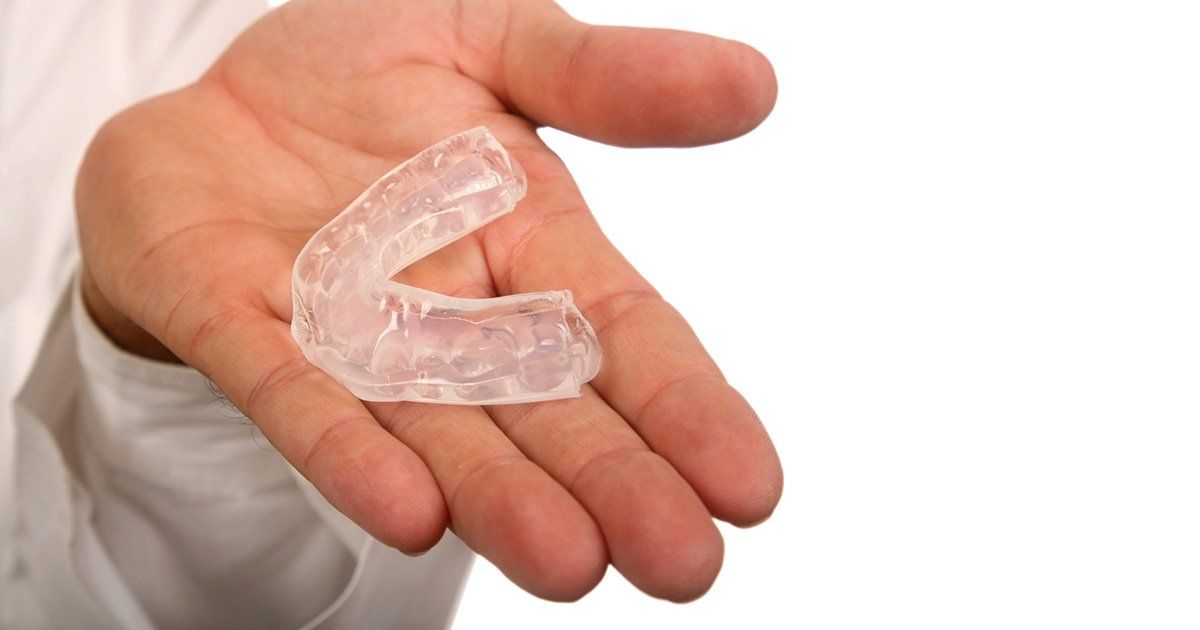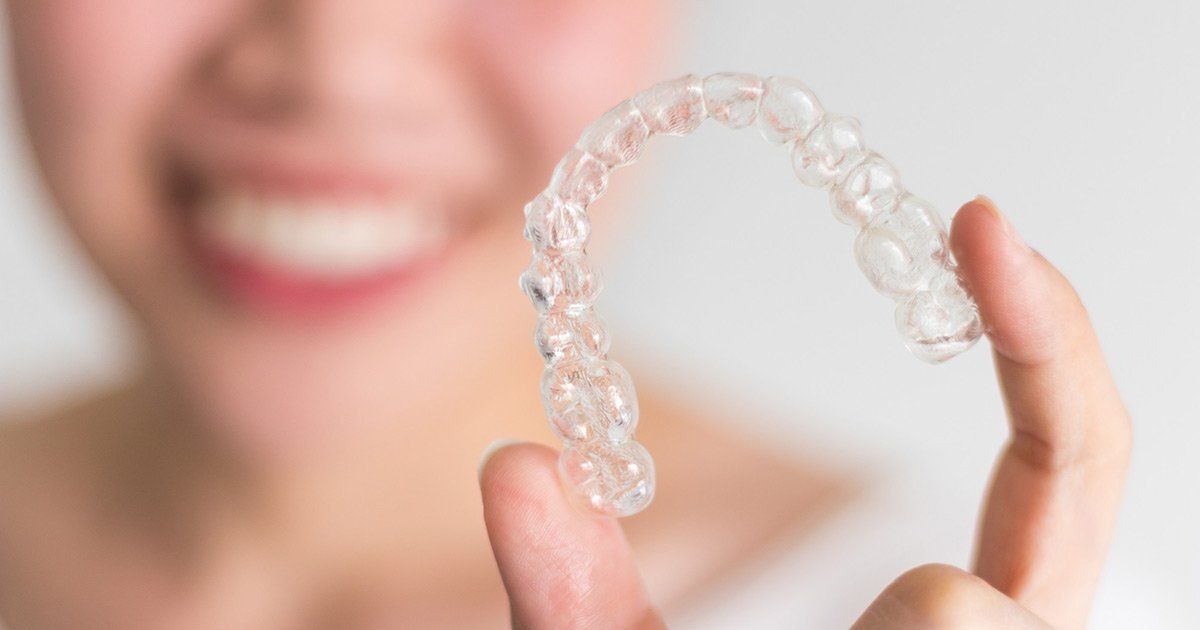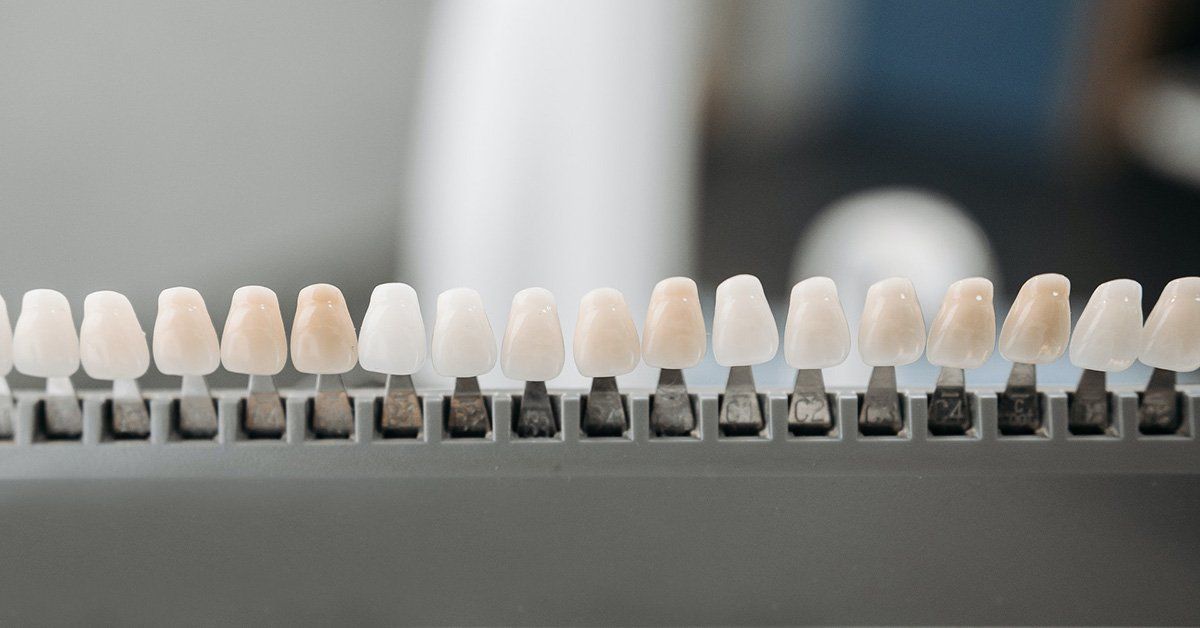Upgrade Your Flossing Routine: A Dentist Salem, MA Guide to a Flawless Floss
Flossing every day isn't enough. You have to use proper techniques to achieve the best results. Here's what a dentist in Salem, MA has to say about flossing.
Do you floss every day?
It's nothing to be embarrassed about if you haven't made it a ritual. Truth be told, almost 60% of adults don't floss at all!
But while you may be in the more responsible minority, flossing needs to be a daily habit. And doing it every day still isn't enough — you have to do it the right way as well.
Using the correct flossing technique will save you time and effort in keeping your teeth in pristine condition, and you'll have no excuse to not do it every day. To help you build healthier dental habits, we'll offer up some essential dental floss tips from the best dentist Salem, MA has to offer.
Why You Have to Floss
Flossing and brushing are the one-two punch your teeth need for all-around health. And if you aren't doing one, it doesn't matter how disciplined you are with the other. You're going to end up with problems.
Brushing removes the plaque and bacteria that wear down the enamel on your teeth. But a toothbrush can't reach every surface of your teeth. Any food stuck between your teeth will remain untouched, leaving you vulnerable to developing an interproximal cavity.
A cavity between the teeth can be difficult to detect, and you may end up with undue pain if you don't floss well enough. But tooth decay is only one issue to worry about with poor flossing habits, and it may not even be the most pressing.
Gingivitis and Periodontal Disease
When you allow plaque to build up in between your teeth, it will eventually harden into tartar. The buildup of tartar, which is difficult to remove without a dental cleaning, collects bacteria under the gums. The bacteria will irritate your gums, causing inflammation as gingivitis develops.
Gingivitis is the initial stage of periodontal disease, a condition that affects nearly half of adults over 30 years old. In this stage, gums turn from a healthy, pale pink to a darker red color, and you'll be more susceptible to swelling and bleeding.
If left untreated, gingivitis can evolve into a more severe condition called periodontitis. Along with the symptoms of gingivitis, you may notice your gums pulling away from your teeth, pain while chewing, or changes in the alignment of your teeth.
Periodontitis needs immediate attention because it puts you one step away from losing teeth. You'll need to follow up with a dentist who offers periodontic services to help restore your gums to their normal, pre-gingivitis form.
With interproximal cavities and periodontal disease to worry about, you can see how crucial it is to maintain healthy flossing habits. Let's look at the proper technique to keep your teeth clean and clear on all sides.
Proper Flossing Technique
One of the most common (and weakest) excuses for not flossing every day is that it's too hard to find the time. It's true that many people resort to some unusual flossing techniques out of convenience, but they're no substitute for the real thing.
If you're serious about preventing tooth decay and gum disease, you can find the time to floss. It only takes a few minutes a day, so do it while watching TV or waiting for your coffee to brew and it won't feel like you're wasting any time at all. Once you figure out where it fits into your schedule, follow these flossing tips for the best results.
Waxed or Unwaxed: Which Do You Prefer?
Floss is available in waxed or unwaxed varieties. While it won't affect the quality of cleaning, finding your preference between the two will make the few minutes of an otherwise unenjoyable activity as tolerable as possible.
Waxed floss is thicker than unwaxed floss, but its smooth texture allows it to slide easily between teeth. It's more durable than unwaxed floss, and there are also flavored options if you want to refresh your breath. On the other hand, if you have tight teeth, the thinner unwaxed variety will be easier to fit between your teeth.
Hold the Floss Correctly
Use a piece of floss at least 18 inches long. Wrap one end several times around one of your middle fingers and the other end a few times around the other middle finger.
You should have about 1-2 inches of floss to work between your teeth. As you work from one tooth to the next, you can unwind the floss from your middle finger and wind the dirty sections up on the other middle finger. That will give you a clean, unbroken section of floss for each space between your teeth.
When flossing, hold the floss with your forefinger and thumb on each hand to guide and push the floss in between your teeth.
The Flossing Motion
Guide the floss up and down along both teeth, going all the way up to where the teeth meet the gums. Don't move the floss back and forth like a saw, as it can irritate and cut your gums.
To fully clean the walls of each tooth, wrap the floss around each tooth in a C-shape. Move it up and down to scrape the plaque off of each tooth before moving on to the next one.
Use a Floss Pick for Back Teeth
The back teeth are a common difficulty even after you have your wisdom teeth removed. A floss pick can be a handy tool for reaching the back teeth with one hand. Make sure to use the floss to scrape the backside of your back molars as well.
And that's it! You now have the perfect flossing technique to help you get the most out of your newfound habit.
Talk to Your Dentist in Salem, MA
It's hard to schedule a dentist appointment sometimes, especially when you're worried about your less-than-ideal dental habits coming to light. But by following this flossing guide and brushing twice daily, you can search "dentist Salem, MA" with the confidence that you'll come out of your next visit with a clean bill of health.
If you're in search of a new Salem, MA dentist, talk to our team at Smiles of Salem. We offer everything from general dentistry to implants and cosmetic services, everything you could need to meet your dental needs. Contact us to learn more about our services or to schedule an appointment with a
new Salem, MA dentist today.













